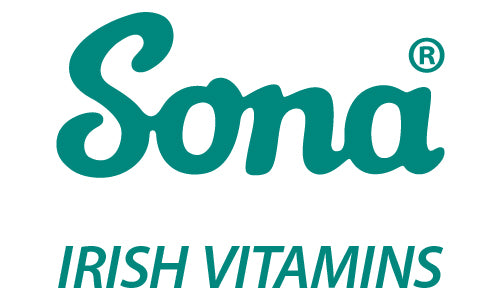
Vitamin C is a water-soluble vitamin, meaning that it is dissolved in water and is readily absorbed into tissues for immediate use. Vitamin C plays numerous roles within a child’s body, such as increasing antioxidant levels, enhancing iron absorption, supporting immune function, as well as helping to prevent and treat acute respiratory infections. Since vitamin C is not stored in the body, it must be consumed regularly from the diet, or through supplementation.
In this article you can find:
- What is vitamin C?
- Benefits of vitamin C for children
- Signs of vitamin C deficiency in children
What is vitamin C?
Vitamin C, also referred to as L-ascorbic acid, ascorbic acid, or L-ascorbate, is a unique type of nutrient because it also functions as a powerful antioxidant that protects bodily cells against potential damage.
Vitamin C can be found in a variety of fruits and vegetables such as citrus fruits, tomatoes, red and green peppers, kiwifruit, broccoli, strawberries, Brussel sprouts, cabbage, and cauliflower. Supplements generally contain vitamin C in the form of ascorbic acid, which has equivalent bioavailability to that of naturally occurring ascorbic acid in foods. Other types of vitamin C supplements include mineral ascorbates (sodium ascorbate, calcium ascorbate, etc.), ascorbic acid with bioflavonoids, time-release vitamin C and combination products such as Ester-C®.
Benefits of vitamin C for children
- Increases antioxidant levels:Studies suggest that regular consumption of vitamin C can increase your blood antioxidant level by 30%. Antioxidants are compounds that help prevent cell damage caused by free radicals (unstable atoms that can damage cells) by neutralizing the free radicals.
- Enhances iron absorption:Iron is an important mineral that the body needs for growth and development. The body utilises iron to produce hemoglobin (a protein in red blood cells that transports oxygen from the lungs to all parts of the body) and myoglobin (a protein that administers oxygen to the muscles). Vitamin C can aid the absorption of iron from the diet by assisting to convert the iron that is poorly absorbed, such as plant sources of iron. Consuming 100mg of vitamin C can enhance iron absorption by 67%.
- Boosts immunity:Vitamin C encourages the production of white blood cells which help the body fight against infection and disease. Vitamin C has also been found to lower blood levels of histamine, a compound that is released by cells in response to injury and in allergic and inflammatory reactions.
- Prevents and treats acute respiratory infections:Research has demonstrated that oral intake of vitamin C may assist with symptoms of acute viral respiratory infections by reducing fever and chills, relieving chest pain, and assisting in reducing symptoms of common cold-induced asthma.
Signs of vitamin C deficiency in children
While vitamin C deficiency is very uncommon in children living in developed countries, more groups are can be more vulnerable to deficiency and thereby must ensure they are receiving an adequate amount. This includes children with severe intestinal malabsorption, and children with poor eating habits.
Sona Multiplus Junior Chewable is a specially formulated delicious, strawberry flavour, teddy bear shaped tablet. Each serving provides a comprehensive supply of essential vitamins, minerals and nutrients which are important for growing bodies including 100% of the recommended daily intake of Vitamin C and Vitamin D as well as calcium, iron and 15 other nutrients essential for growing bodies.
References
- Chambial, S., Dwivedi, S., Shukla, K., John, P., & Sharma, P. (2013). Vitamin C in Disease Prevention and Cure: An Overview. Indian Journal Of Clinical Biochemistry, 28(4), 314-328. doi: 10.1007/s12291-013-0375-3.
- Gordon, B., Galati, J., Yang, S., Katz, P., & Scherl, E. (2020). Vitamin C Deficiency: An Under-Recognized Condition in Crohn's Disease. ACG Case Reports Journal, 7(7), e00424. doi: 10.14309/crj.0000000000000424.
- Maggini, S., Wenzlaff, S., & Hornig, D. (2010). Essential Role of Vitamin C and Zinc in Child Immunity and Health. Journal Of International Medical Research, 38(2), 386-414. doi: 10.1177/147323001003800203.
